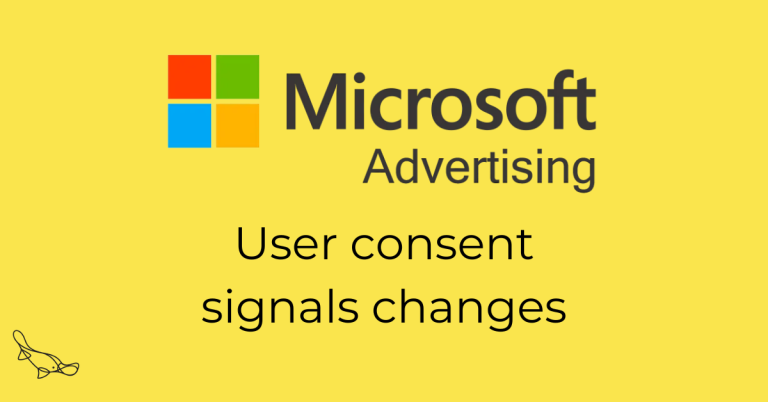We have a fun rule in the office.
Anyone who sends an email to another colleague has to donate £5 to a charity of the recipients choice.
It’s transformed the way we communicate with one another in such positive way that we’re encouraging everyone to do it.
Communication is the key
We trade in communications. It’s what we do. But we became aware that our communication with each other could do with some working on. When you’re busy, the temptation to fire off an email about something and forget about it can be overwhelming. That’s how emails get forgotten and issues take twice as long to be resolved.
We found that setting a task on Asana, a phone call or an instant message was a much more productive way of chatting to one another. But old habits die hard and we needed an incentive.
That’s where the charity idea came from. We’re a digital agency that specialises in charities, after all.
If we stick to the no-email rule, then our productivity should increase. If we don’t, the charities get a donation. It’s win-win.
We’ve forgotten how to talk
Just a couple of decades ago, emails didn’t even exist. If you wanted to talk to somebody, you’d have to call them or go and speak to them in person. Many modern office superstars would likely recoil at the thought of having to carry out each and every conversation you had with someone through work without a computer screen to hide behind.
Like most digital agencies, our staff is made up of talented young people. They don’t remember a time when employees had a computer to share and used it sporadically.
Why emails are bad
- In a study conducted last year, 61% of office workers said that receiving too many emails was affecting their productivity.
- It’s difficult to sense the tone of an individuals’ communication when you’re staring at words on a screen. That’s how misunderstandings happen.
- Emailing someone and then waiting for their response with clarification or permission before you can begin a task wastes so much time.
- Emails don’t build relationships nearly as well as phone calls or meeting people face to face.
- Emails get missed. We’ve all done it.
Don’t get us wrong, we appreciate that emails make some things easier, but when did working become sitting at your computer for a large portion of the day reading and responding to emails? Why is ‘Inbox Zero’ a (very temporary) achievement?
What will happen if we ditch internal emails?
There’ll be an initial mass panic, then everyone will adapt. Your staff will start speaking to one another more. They’ll spend more time doing actual tasks and less time writing emails about the things that need to be done.
If you have a look through the emails you receive each day, we bet a good portion of those are from your colleagues. Imagine only having external emails to deal with on a daily basis.
How do we communicate instead?
There are lots of ways. Our favourite method is face-to-face. This doesn’t mean replacing emails with scheduled meetings, it’s more about visiting each other’s desks once in a while to talk through whatever it is you’re working on.
If we have a lot to talk about, we speak over the phone. This way we can lay out the task at hand and discuss through the finer points. Once everyone has the information they need, we can get on with actually doing the work. It’s much more efficient than waiting for a response to an email from someone who has been overloaded with emails from lots of other people, too.
That’s not always practical, so we also use instant messaging. We find that we respond to one another much quicker and iron out tasks with greater efficiency when we have a quick chat over and instant messaging service. Usually we use Google Hangouts (part of G Suite) through our emails.
If something is related to a project (like most things!), we set each other tasks and leave comments on Asana. That way, all our to do list is in one place.
How do we do this?
Call a meeting with your staff and share your new no-email proposal. Explain why you’re doing it and propose a two-week trial. During this time, staff will realise that ditching internal emails is not as difficult as they thought it might be. They’ll see the benefits of proper conversations and fewer emails to deal with.
Definitely consider an incentive like the one we have. You can’t force people to donate to charity, of course, but it adds an interesting dynamic to the policy, because a recipient of an internal email is likely to enforce the rule because they want to select a charity donation.
From there, see how it goes. If you have evidence for an increase in productivity, then you have everything you need for an official no-internal emails policy, and a happier team.





